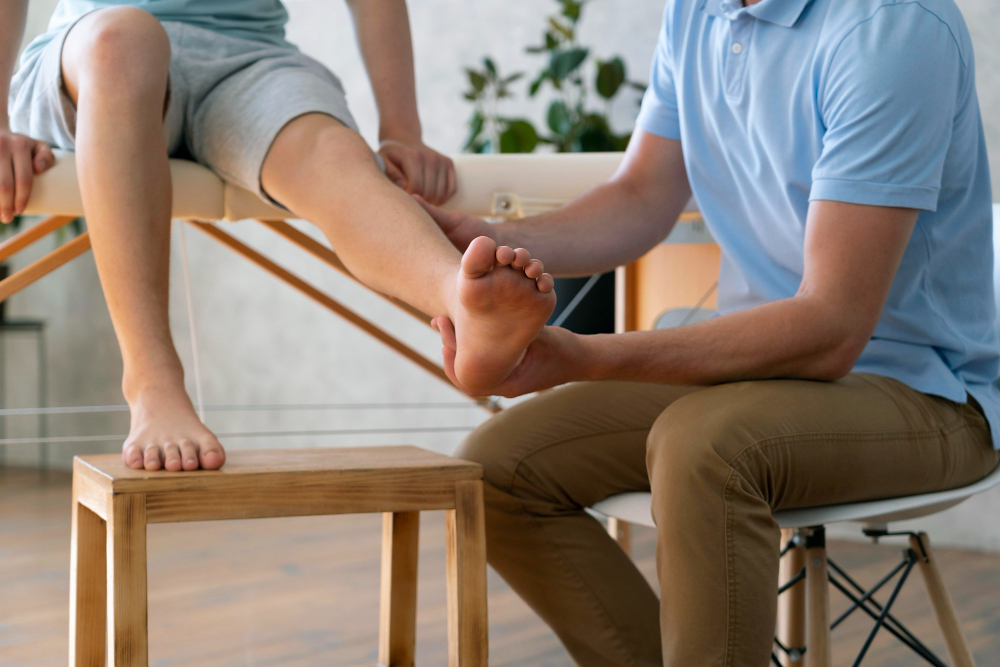Treatment Options for Achilles Tendinitis

Achilles tendinitis is a common injury that occurs due to the overuse, injury or repetitive strain on the Achilles tendon. The Achilles tendon is the largest and strongest tendon in the body, connecting the calf muscles to the heel bone. Usually, it can be easily treated with rest, ice, and some over-the-counter medication. However, in severe cases, it can lead to chronic pain, and require a more serious treatment plan. In this blog post, we will discuss some of the treatment options for Achilles tendinitis, and how to address it effectively.
1. Rest and Ice
The first step in treating Achilles tendinitis is to rest the affected area. This often means avoiding activities that put a lot of strain on the Achilles tendon. In addition to rest, it is recommended to apply ice to the area for 20 minutes at a time, several times a day. This will help reduce inflammation, swelling, and pain in the area, allowing the tendon to recover.
2. Physical Therapy
Physical therapy can be extremely effective in treating Achilles tendinitis. A physical therapist can help you strengthen the appropriate muscles through specific exercises, while also improving your sports technique to avoid repeated strain. The therapist may also recommend orthotics to help you support and protect your foot. A physical therapist can also help guide you through a stretching plan that can help improve your range of motion and decrease stiffness.
3. Medication
Over-the-counter medications such as ibuprofen or naproxen can help reduce inflammation and pain, and may be used for a short period of time to help relieve symptoms. However, you should always check with your doctor or pharmacist before taking any medication.
4. Extracorporeal Shockwave Therapy
Shockwave therapy is a non-invasive treatment that emits shockwaves directed at the affected tendon area. The shockwaves encourage the body's natural healing processes to improve blood flow, remove waste products and promote new tissue formation. This technology can be effective in the short term, but longer follow up studies are needed.
5. Surgery
Surgery is only recommended in severe cases where non-surgical treatments have failed. Typically, it involves the removal of the damaged tissue in the Achilles tendon. The surgery is usually done under local or regional anesthesia, and patients can usually go home the same day or the next day.
Conclusion
Achilles tendinitis is a serious condition that can greatly impact your quality of life. With the proper treatment plan, and working with your physical therapist, you can work towards a pain-free future. If you are experiencing Achilles tendinitis symptoms, be sure to rest your foot, apply ice, and contact a professional. At B Physical Therapy in Oviedo, Florida, our team of skilled physical therapists can help develop a personalized treatment plan that works best for you. Contact us today to schedule an appointment and take the first steps towards recovery.